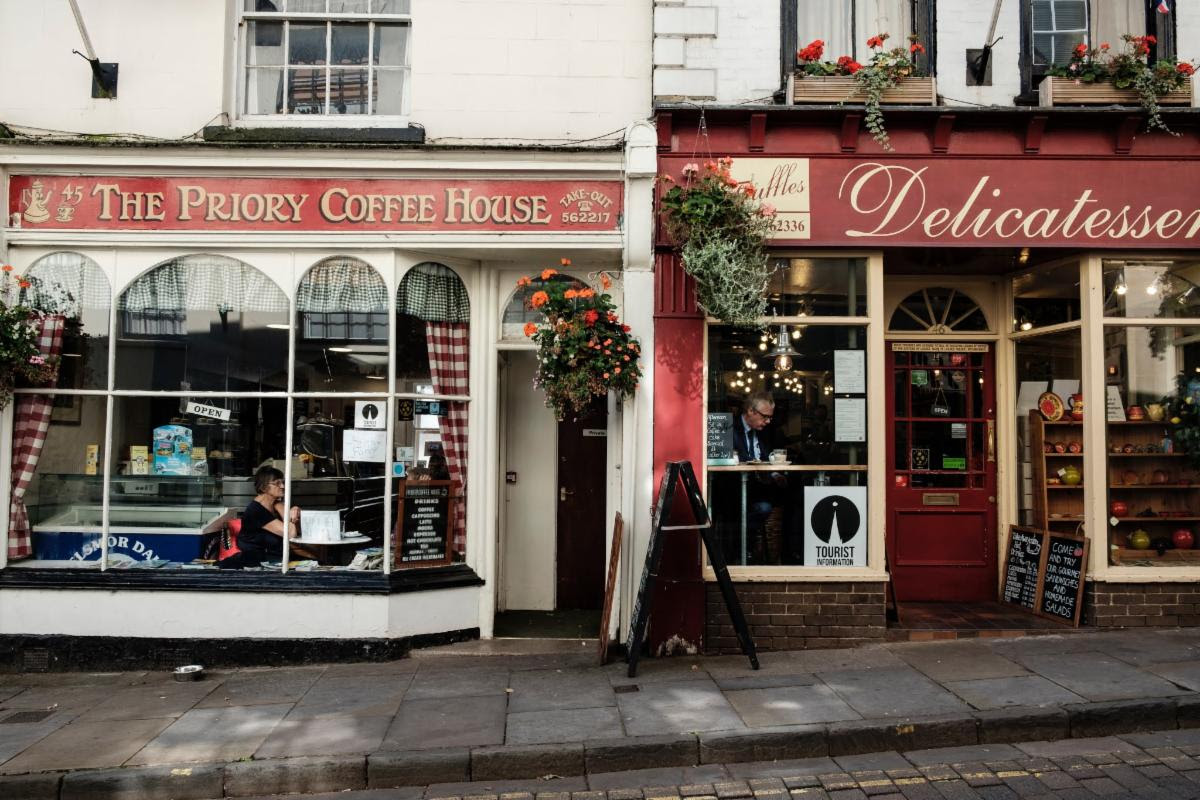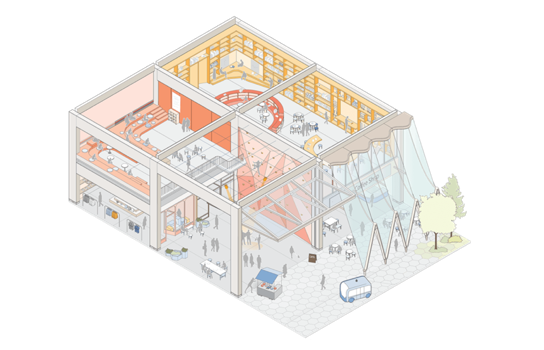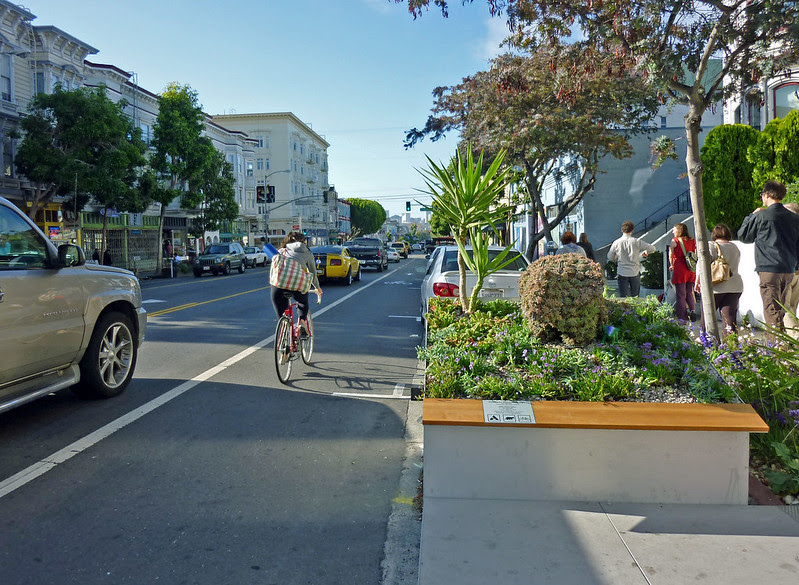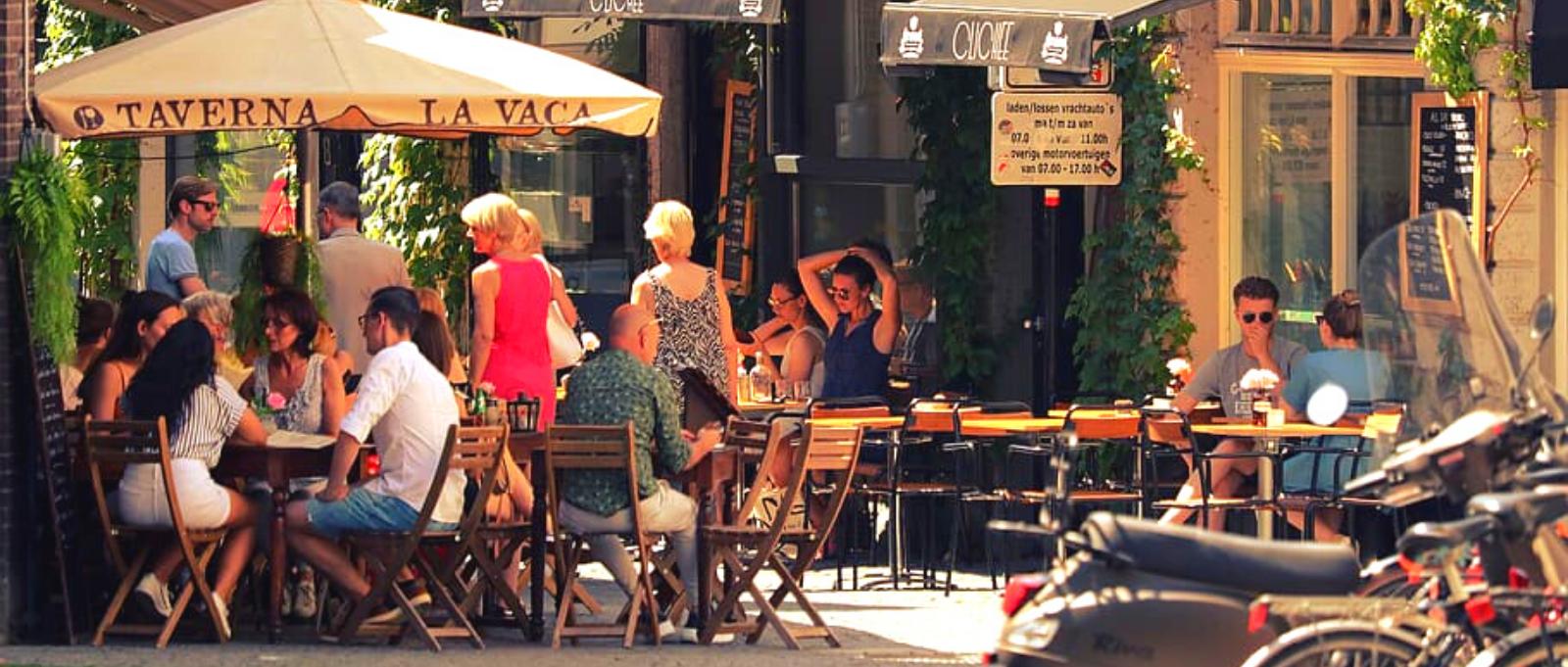February 26, 2020
Topic
With traditional retail increasingly at-risk, cities need a vision for the role that their storefronts – and increasingly vacant ground floors – can play in growing and sustaining prosperous communities.
It’s not just store owners and businesses that are suffering. Vacancies impact the vibrancy and community health of a city itself.
Changes in technology and e-commerce, shifts in consumer spending and a rapidly evolving marketplace are affecting retail providers of all sizes in communities across the country.
Large retail chains like Sears and Toys R Us have gone bankrupt over the past few years. Last month, Barneys announced it was filing for bankrupt after 100 years in business. Macy’s recently announced it would be closing 125 stores.
In his new book “Retail Therapy. Why the Retail Industry Is Broken – And What Can Be Done to Fix It,” author Mark Pilkington discusses the challenges of retail, which is a very high-fixed-cost business model. “You’ve got your stores, you’ve got your rent, you’ve got your people, you’ve got your stock, all sitting there. And if you don’t do a certain level of turnover, it’s going to start killing you very, very quickly,” Pilkington said.
While e-commerce providers such as Amazon are often seen as the primary driver for the decline in traditional retail, Pilkington stresses that there is more complexity that should be considered to come up with the right solutions. “You only have to lose 10 or 15 percent of the sales in most stores and they become unprofitable.”
Consumers are spending less on clothes and more on traveling and dining out. While mall visits are declining recreational travel is booming, and hotel occupancy is up. Domestic airlines have flown more passengers each year since 2010.
The rise of restaurants is even more dramatic. Since 2005, sales at “food services and drinking places” have grown twice as fast as all other retail spending. In 2016, for the first time ever, Americans spent more money in restaurants and bars than at grocery stores.
To remain competitive, businesses need to form emotional connections with their customers to respond to the growing competition from e-commerce, said Michele Reeves, an urban strategist and founder of Civilis Consultants. Businesses should provide people with an experience and “speak to the street” through good lighting, street-level windows, inviting outdoor displays and comfortable seating.
Some companies have found a way to reverse the trend moving from e-commerce to storefronts and focusing on consumer experience and entertainment. Direct-to-consumer companies, like Warby Parker, Everlane and Bonobos, can get products to people cheaper by cutting out the middlemen. Some have been so successful they are now opening up storefronts — these “brick and click” businesses are all about the shopping experience. “The stores are much smaller in very high traffic, cool locations. But they don’t have a lot of stock in the store. Really, they’re using the stores as customer recruitment points. They’ve got a different relationship with their consumers. They must want interactive” said Pilkington.

Market places for people and products
Design is critical too: Retail spaces should be built in an accessible, flexible way can accommodate a number of consumer experiences.
Carrie Denning Jackson, who works on retail innovation at Sidewalk Labs, was inspired by Ancient Greek agoras, public places that were not just markets where vendors would come to sell their wares, but also forums where citizens would come together to talk politics, art and culture. Surrounding those agoras were “stoa” – covered walkways, which helped people gather, rain or shine.
Sidewalk Labs is working to create present-day stoa – warehouses with high ceilings, large spaces about 40 feet by 40 feet with few columns in between providing maximum flexibility. “It’s the type of space where you can have your Cineplex, you can have your grocery store, you can have your small barbershop, you can have a restaurant. It really has a whole range of uses,” said Denning Jackson.
The system Jackson envisions would have a strong exterior shell, which also means you can be way more flexible with the interior even moving walls or having walls on tracks.
Embedding the utilities in a baseboard versus the inside of a wall is another key to flexibility, helping avoid demolishing walls and allowing a building owner to renovate a space in half the time.
“You don’t have to have a conduit running through the wall. So it is much faster to do renovations. You don’t need to bring in an electrician, you don’t have to worry about piping or gas. You can just take the wall down, bring it back up, and it can take a couple days as opposed to weeks,” Denning Jackson said.

With so much unknown about the future of retail, the goal is to create vibrancy on the ground floor of cities, while also addressing some of the challenges facing retail tenants that can lead to commercial vacancies by providing adaptability to respond to neighborhood needs.
Supporting Small Businesses
There are also a number of strategies communities can deploy to support local businesses.
After the city of Oakland was hit hard by the recession, prospects looked dire for retail in the downtown, especially after an anchor tenant, Sears, closed down.
In response, Sarah Filley, a social entrepreneur focused on community development, co-founded America’s first retail incubator – Popuphood.
Filley and her team approached landlords with vacant properties around the neighborhood with the following proposition: Popuphood would chip in money to help the owner upgrade their space and take on all the marketing to drive people to these stores. In exchange, the landlord would agree to rent their space for six months, for free.
“Flexibility is key because you want these businesses to start small and then you want them to expand into the space next door. That should be built in,” said Sarah Filley. Business flexibility isn’t just about physical space, it’s also about lowering the barriers to entry for a diverse mix of retailers.
Meanwhile, across the bay, the City of San Francisco subsidizes the rent of legacy businesses that have been around for years.
Some businesses, such as bookstores, may not be driving huge amounts of sales but they’re an asset to the community attracting people and their purchasing power to the neighborhood. Their patrons may not necessarily purchase a book every time but they are likely to stop in and spend money in nearby coffee shops and other small businesses.
Providing tenants like those credit back on their rent can help those businesses survive, which also has a positive impact on surrounding businesses.
San Francisco’s Legacy Business Registry works to save longstanding, community-serving businesses that often serve as valuable cultural assets. The Registry helps provide legacy businesses with educational and promotional assistance to encourage their continued viability and success.
In concert with these direct efforts, many communities are also deriving retail benefits by integrating the creation of safer streets, sidewalks and crosswalks for pedestrians and bicyclists through road diets, bike lanes, bulbouts and higher-visibility crosswalks. Other streetscape improvements like parklets, bike racks and bikeshare stations, benches and street furniture, new trees and landscaping can also make a difference for both residents and businesses.

Into that mix, communities big and small have created innovative, low-cost programs like fostering art in vacant storefront windows and organized community-based cleanup days for graffiti and litter abatement in neighborhood commercial districts. In a number of cities, merchants and residents have teamed up to forge community benefit agreements with major developers to provide low-cost space and financial support to community and cultural nonprofits as a way to forward social goals and economic growth.
The shape and speed of retail is rapidly changing. To support local businesses and the role they play in maintaining vibrant neighborhoods, communities should take proactive steps now to provide a supportive regulatory environment for flexible storefronts, create practical programs to help grow and expand local businesses, and offer incentives to sustain cultural assets.





